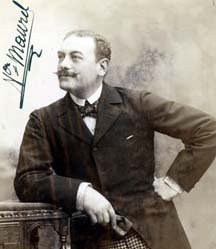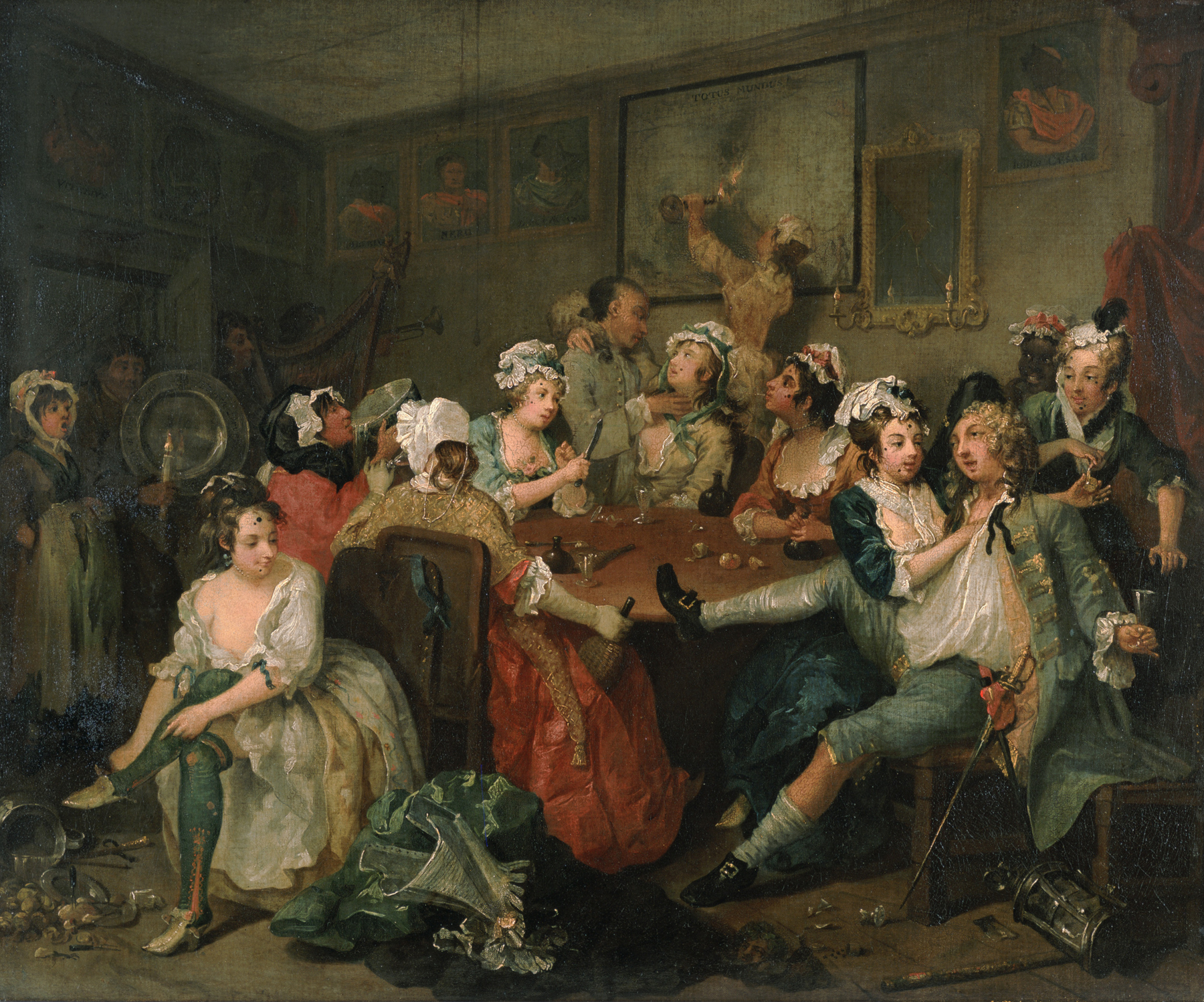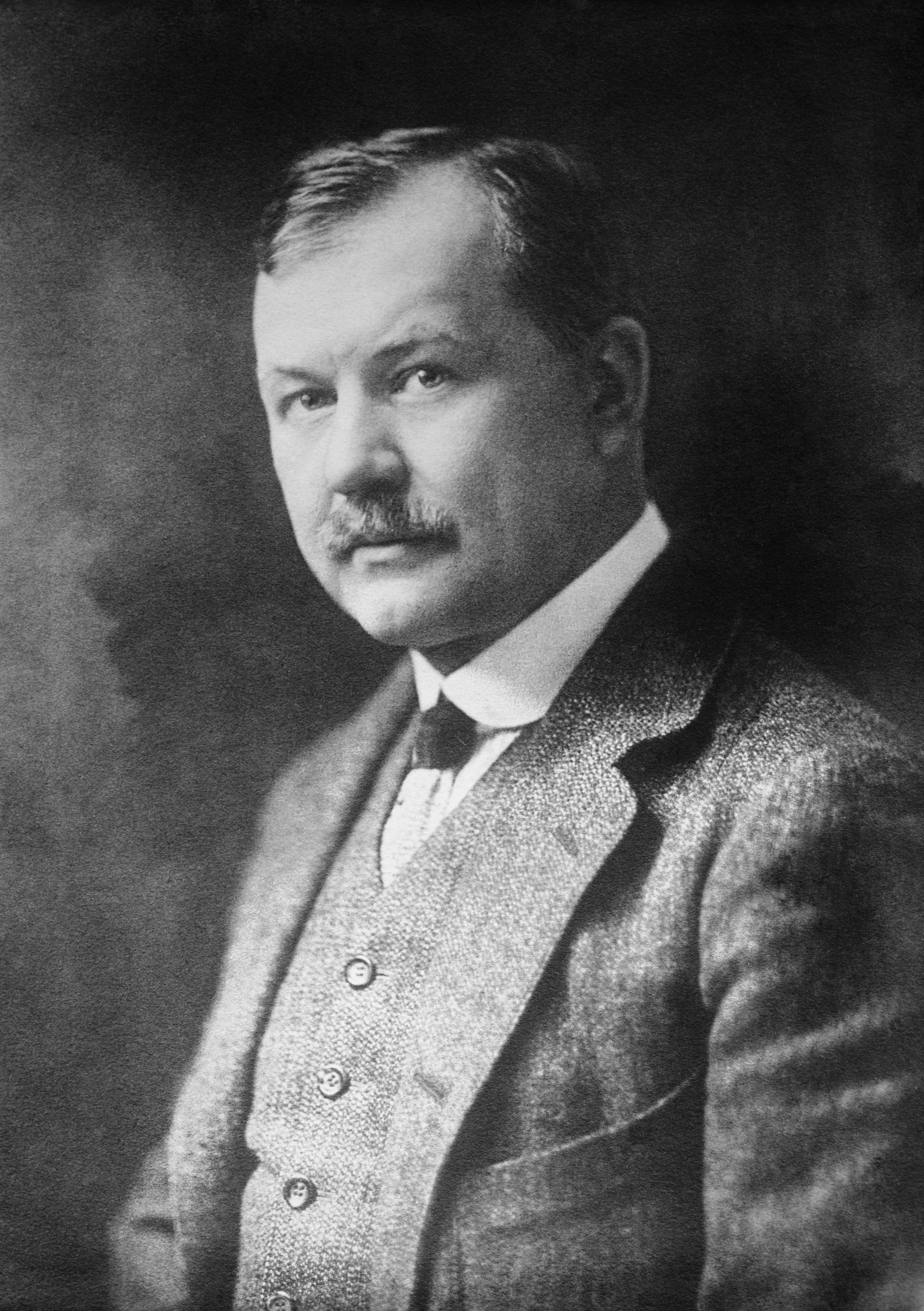|
Robert Gard (tenor)
Robert Joseph Gard (7 March 1927 – 20 March 2021) was a British-born Australian operatic tenor. He was a leading singer with Opera Australia, and he was particularly associated with the role of Aschenbach in Benjamin Britten's ''Death in Venice''. He premiered the role in Australia, and he sang the role in Tony Palmer's 1981 film of the opera after the originator of the role, Peter Pears, was incapacitated. Career Robert Gard was born in Padstow, Cornwall, England on 7 March 1927. He started studying in London in 1944, but in 1945 he was conscripted to the British Army, and sang in some army concerts. After the war, he won a scholarship to the Guildhall School of Music and Drama, where he studied with Dino Borgioli, Walter Hyde and Arthur Reckless.Interview with Clive Paget, ABC Classic FM, undated He sang in such operatic roles as Almaviva (''Don Giovanni''), the title role in ''Fra Diavolo'', Ernesto (''Don Pasquale''), and Alfredo (''La traviata''). In 1956 he appeared in th ... [...More Info...] [...Related Items...] OR: [Wikipedia] [Google] [Baidu] |
Opera Australia
Opera Australia is the principal opera company in Australia. Based in Sydney, its performance season at the Sydney Opera House accompanied by the Opera Australia Orchestra runs for approximately eight months of the year, with the remainder of its time spent in the Arts Centre Melbourne, where it is accompanied by Orchestra Victoria. In 2004, the company gave 226 performances in its subscription seasons in Sydney and Melbourne, attended by more than 294,000 people. It is funded by government grants, corporate sponsorship, private philanthropy, and ticket sales. The proportion of its revenue from ticket sales is considerably higher than that of most companies, approximately 75 per cent. The company is perhaps best known internationally for its association with Dame Joan Sutherland, for Baz Luhrmann's production of Puccini's ''La bohème'' in the early 1990s and more recently, for, apart from performances inside the opera house, large scale outdoor performances on Sydney Harbour. ... [...More Info...] [...Related Items...] OR: [Wikipedia] [Google] [Baidu] |
Lock Up Your Daughters (musical)
''Lock Up Your Daughters'' is a musical based on the 1730 comedy '' Rape upon Rape'', by Henry Fielding, and adapted by Bernard Miles. The lyrics were written by Lionel Bart and the music by Laurie Johnson. It was first produced on the London stage in 1959. In 1969, it was made into a film starring Christopher Plummer, Susannah York, and Glynis Johns, but the songs were deleted. Productions ''Lock Up Your Daughters'' opened in London at the Mermaid Theatre on 28 May 1959, where it ran for 328 performances. This was the first production at the theatre. Directed by Peter Coe with choreography by Gilbert Vernon, and stage design by Sean Kenny, it featured Stephanie Voss (Hilaret Politic), Hy Hazell (Mrs. Squeezum), Terence Cooper (Capt. Constant), Frederick Jaeger (Ramble), John Sharp (Politic), Brendan Barry (Dabble), Richard Wordsworth (Squeezum), and Keith Marsh (Sotmore). A revival opened at the Mermaid Theatre on 17 May 1962 and ran for 664 performances. The director was Rich ... [...More Info...] [...Related Items...] OR: [Wikipedia] [Google] [Baidu] |
The Marriage Of Figaro
''The Marriage of Figaro'' ( it, Le nozze di Figaro, links=no, ), K. 492, is a ''commedia per musica'' (opera buffa) in four acts composed in 1786 by Wolfgang Amadeus Mozart, with an Italian libretto written by Lorenzo Da Ponte. It premiered at the Burgtheater in Vienna on 1 May 1786. The opera's libretto is based on the 1784 stage comedy by Pierre Beaumarchais, '' La folle journée, ou le Mariage de Figaro'' ("The Mad Day, or The Marriage of Figaro"). It tells how the servants Figaro and Susanna succeed in getting married, foiling the efforts of their philandering employer Count Almaviva to seduce Susanna and teaching him a lesson in fidelity. Considered one of the greatest operas ever written, it is a cornerstone of the repertoire and appears consistently among the top ten in the Operabase list of most frequently performed operas. In 2017, BBC News Magazine asked 172 opera singers to vote for the best operas ever written. ''The Marriage of Figaro'' came in first out of ... [...More Info...] [...Related Items...] OR: [Wikipedia] [Google] [Baidu] |
Pagliacci
''Pagliacci'' (; literal translation, "Clowns") is an Italian opera in a prologue and two acts, with music and libretto by Ruggero Leoncavallo. The opera tells the tale of Canio, actor and leader of a commedia dell'arte theatrical company, who murders his wife Nedda and her lover Silvio on stage during a performance. ''Pagliacci'' premiered at the Teatro Dal Verme in Milan on 21 May 1892, conducted by Arturo Toscanini, with Adelina Stehle as Nedda, Fiorello Giraud as Canio, Victor Maurel as Tonio, and Mario Ancona as Silvio. Soon after its Italian premiere, the opera played in London (with Nellie Melba as Nedda) and in New York (on 15 June 1893, with Agostino Montegriffo as Canio). ''Pagliacci'' is the composer's only opera that is still widely performed. ''Pagliacci'' is often staged with ''Cavalleria rusticana'' by Pietro Mascagni, a double bill known colloquially as "Cav and Pag". Origin and disputes Leoncavallo was a little-known composer when Pietro Mascagni's ''Cavalleria ... [...More Info...] [...Related Items...] OR: [Wikipedia] [Google] [Baidu] |
Cavalleria Rusticana
''Cavalleria rusticana'' (; Italian for "rustic chivalry") is an opera in one act by Pietro Mascagni to an Italian libretto by Giovanni Targioni-Tozzetti and Guido Menasci, adapted from an 1880 short story of the same name and subsequent play by Giovanni Verga. Considered one of the classic ''verismo'' operas, it premiered on 17 May 1890 at the Teatro Costanzi in Rome. Since 1893, it has often been performed in a so-called ''Cav/Pag'' double-bill with ''Pagliacci'' by Ruggero Leoncavallo. Composition history In July 1888 the Milanese music publisher Edoardo Sonzogno announced a competition open to all young Italian composers who had not yet had an opera performed on stage. They were invited to submit a one-act opera which would be judged by a jury of five prominent Italian critics and composers. The best three would be staged in Rome at Sonzogno's expense. Mascagni heard about the competition only two months before the closing date and asked his friend Giovanni Targioni-Tozze ... [...More Info...] [...Related Items...] OR: [Wikipedia] [Google] [Baidu] |
The Rape Of Lucretia
''The Rape of Lucretia'' (Op. 37) is an opera in two acts by Benjamin Britten, written for Kathleen Ferrier, who performed the title role. Ronald Duncan based his English libretto on André Obey's play '. Performance history The opera was first performed at Glyndebourne in England on 12 July 1946. It is the first work to which Britten applied his term "chamber opera." The opera debuted in the United States on Broadway at the Ziegfeld Theatre in a production staged by Agnes de Mille which opened on 29 December 1948 and closed on 15 January 1949 after 23 performances. The cast notably included Giorgio Tozzi as Tarquinius, Kitty Carlisle as Lucretia, Lidija Franklin as Bianca, Brenda Lewis as the Female Chorus, and Adelaide Bishop as Lucia. In 1996 the opera was presented at the Opera Theatre of St. Louis directed by Britten expert and friend, Colin Graham. It also appeared in the Opera Company of Philadelphia's 2009 season. In 2013, the opera was performed for the first time ... [...More Info...] [...Related Items...] OR: [Wikipedia] [Google] [Baidu] |
The Rake's Progress
''The Rake's Progress'' is an English-language opera from 1951 in three acts and an epilogue by Igor Stravinsky. The libretto, written by W. H. Auden and Chester Kallman, is based loosely on the eight paintings and engravings ''A Rake's Progress'' (1733–1735) of William Hogarth, which Stravinsky had seen on 2 May 1947, in a Chicago exhibition. The story concerns the decline and fall of one Tom Rakewell, who deserts Anne Trulove for the delights of London in the company of Nick Shadow, who turns out to be the Devil. After several misadventures, all initiated by the devious Shadow, Tom ends up in Bedlam, a hospital for the insane at that time situated in the City of London. The moral of the tale is: "For idle hearts and hands and minds the Devil finds work to do." Performance history It was first performed at the Teatro La Fenice in Venice on 11 September 1951, with Elisabeth Schwarzkopf creating the role of Anne Trulove, and Robert Rounseville that of Tom Rakewell. It was fir ... [...More Info...] [...Related Items...] OR: [Wikipedia] [Google] [Baidu] |
Boris Godunov (opera)
''Boris Godunov'' ( rus, Борис Годунов, links=no, Borís Godunóv ) is an opera by Modest Mussorgsky (1839–1881). The work was composed between 1868 and 1873 in Saint Petersburg, Russia. It is Mussorgsky's only completed opera and is considered his masterpiece. Its subjects are the Russian ruler Boris Godunov, who reigned as Tsar (1598 to 1605) during the Time of Troubles, and his nemesis, the False Dmitriy (reigned 1605 to 1606). The Russian-language libretto was written by the composer, and is based on the 1825 drama '' Boris Godunov'' by Aleksandr Pushkin, and, in the Revised Version of 1872, on Nikolay Karamzin's ''History of the Russian State''. Among major operas, ''Boris Godunov'' shares with Giuseppe Verdi's ''Don Carlos'' (1867) the distinction of having an extremely complex creative history, as well as a great wealth of alternative material. The composer created two versions—the Original Version of 1869, which was rejected for production by the Imper ... [...More Info...] [...Related Items...] OR: [Wikipedia] [Google] [Baidu] |
Falstaff (opera)
''Falstaff'' () is a comic opera in three acts by the Italian composer Giuseppe Verdi. The Italian-language libretto was adapted by Arrigo Boito from the play '' The Merry Wives of Windsor'' and scenes from '' Henry IV, Part 1'' and '' Part 2'', by William Shakespeare. The work premiered on 9 February 1893 at La Scala, Milan. Verdi wrote ''Falstaff'', the last of his 28 operas, as he approached the age of 80. It was his second comedy, and his third work based on a Shakespeare play, following '' Macbeth'' and '' Otello''. The plot revolves around the thwarted, sometimes farcical, efforts of the fat knight Sir John Falstaff to seduce two married women to gain access to their husbands' wealth. Verdi was concerned about working on a new opera at his advanced age, but he yearned to write a comic work and was pleased with Boito's draft libretto. It took the collaborators three years from mid-1889 to complete. Although the prospect of a new opera from Verdi aroused im ... [...More Info...] [...Related Items...] OR: [Wikipedia] [Google] [Baidu] |
The Magic Flute
''The Magic Flute'' (German: , ), K. 620, is an opera in two acts by Wolfgang Amadeus Mozart to a German libretto by Emanuel Schikaneder. The work is in the form of a ''Singspiel'', a popular form during the time it was written that included both singing and spoken dialogue. The work premiered on 30 September 1791 at Schikaneder's theatre, the Freihaus-Theater auf der Wieden in Vienna, just two months before the composer's premature death. Still a staple of the opera repertory, its popularity was reflected by two immediate sequels, Peter Winter's ''Das Labyrinth oder Der Kampf mit den Elementen. Der Zauberflöte zweyter Theil'' (1798) and a fragmentary libretto by Johann Wolfgang von Goethe titled ''The Magic Flute Part Two''. The allegorical plot was influenced by Schikaneder and Mozart's interest in Freemasonry and concerns the initiation of Prince Tamino. Enlisted by the Queen of the Night to rescue her daughter Pamina from the high priest Sarastro, Tamino comes to a ... [...More Info...] [...Related Items...] OR: [Wikipedia] [Google] [Baidu] |
The Barber Of Seville
''The Barber of Seville, or The Useless Precaution'' ( it, Il barbiere di Siviglia, ossia L'inutile precauzione ) is an ''opera buffa'' in two acts composed by Gioachino Rossini with an Italian libretto by Cesare Sterbini. The libretto was based on Pierre Beaumarchais's French comedy ''The Barber of Seville'' (1775). The première of Rossini's opera (under the title ''Almaviva, o sia L'inutile precauzione'') took place on 20 February 1816 at the Teatro Argentina, Rome, with designs by Angelo Toselli. Rossini's ''Barber of Seville'' has proven to be one of the greatest masterpieces of comedy within music, and has been described as the opera buffa of all "opere buffe". After two hundred years, it remains a popular work. Composition history Rossini's opera recounts the events of the first of the three plays by French playwright Pierre Beaumarchais that revolve around the clever and enterprising character named Figaro, the barber of the title. Mozart's opera ''The Marriage of Fi ... [...More Info...] [...Related Items...] OR: [Wikipedia] [Google] [Baidu] |
The Merry Widow
''The Merry Widow'' (german: Die lustige Witwe, links=no ) is an operetta by the Austro-Hungarian composer Franz Lehár. The librettists, Viktor Léon and Leo Stein, based the story – concerning a rich widow, and her countrymen's attempt to keep her money in the principality by finding her the right husband – on an 1861 comedy play, (''The Embassy Attaché'') by Henri Meilhac. The operetta has enjoyed extraordinary international success since its 1905 premiere in Vienna and continues to be frequently revived and recorded. Film and other adaptations have also been made. Well-known music from the score includes the " Vilja Song", "" ("You'll Find Me at Maxim's"), and the "Merry Widow Waltz". Background In 1861, Henri Meilhac premiered a comic play in Paris, (''The Embassy Attaché''), in which the Parisian ambassador of a poor German grand duchy, Baron Scharpf, schemes to arrange a marriage between his country's richest widow (a French woman) and a Count to keep her mon ... [...More Info...] [...Related Items...] OR: [Wikipedia] [Google] [Baidu] |






_1.jpg)

